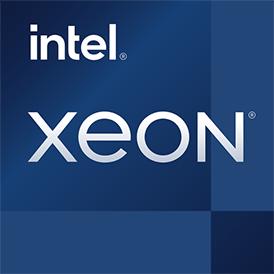 Estimated results for PassMark CPU Mark
Estimated results for PassMark CPU Mark
|
|
Intel Xeon W-1350P
6C 12T @ 4.0 GHz
|
20049
|
|
|
Intel Xeon W-2225
4C 8T @ 4.1 GHz
|
10695
|
 Geekbench 5, 64bit (Multi-Core)
Geekbench 5, 64bit (Multi-Core)
|
|
Intel Xeon W-1350P
6C 12T @ 4.0 GHz
|
8808
|
|
|
Intel Xeon W-2225
4C 8T @ 4.1 GHz
|
5239
|
 Geekbench 6 (Multi-Core)
Geekbench 6 (Multi-Core)
|
|
Intel Xeon W-1350P
6C 12T @ 4.0 GHz
|
8566
|
|
|
Intel Xeon W-2225
4C 8T @ 4.1 GHz
|
5628
|
 Geekbench 6 (Single-Core)
Geekbench 6 (Single-Core)
|
|
Intel Xeon W-1350P
6C 12T @ 4.0 GHz
|
2208
|
|
|
Intel Xeon W-2225
4C 8T @ 4.1 GHz
|
1528
|
 Geekbench 5, 64bit (Single-Core)
Geekbench 5, 64bit (Single-Core)
|
|
Intel Xeon W-1350P
6C 12T @ 4.0 GHz
|
1731
|
|
|
Intel Xeon W-2225
4C 8T @ 4.1 GHz
|
1203
|
